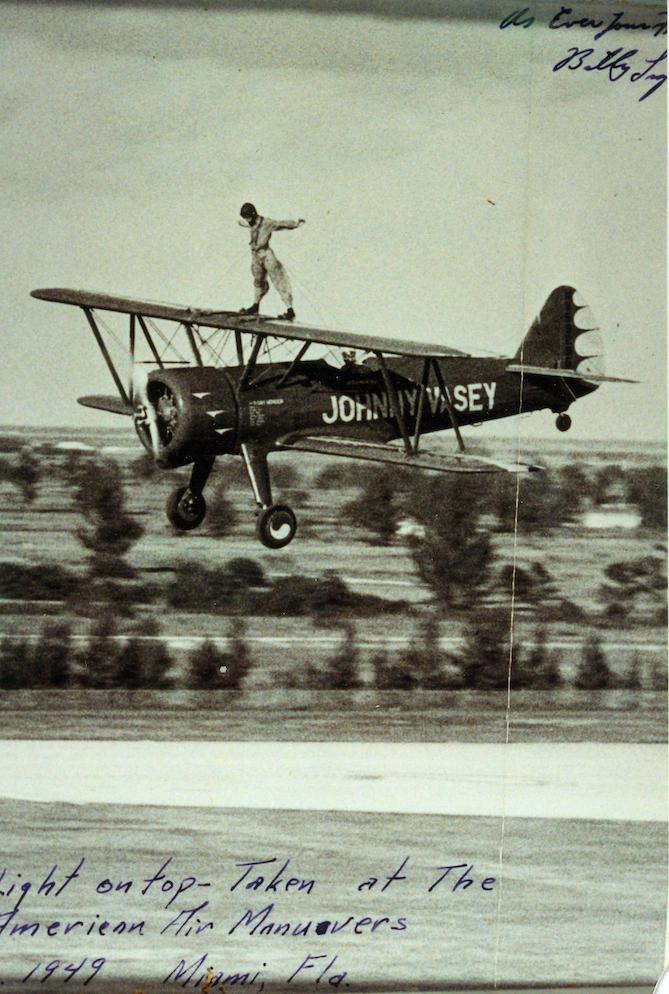You really can't quantify how dangerous "low level aerobatics" is. Low level means different things to different people. For some, low level is 1,500' AGL. For others, it's 10' AGL. "Aerobatics" means different things too. For many, aerobatics is nothing more than simple flopped positive G aileron rolls and loops. For others, they are complex routines comprised of anything the airplane can possibly do.
Your altitude is directly proportional to the options you have when things go wrong mechanically, as well as your margin for making mistakes at the wrong time. That being said, the best airshow pilots are very good about mitigating the risks and designing their routines to look more dramatic than they actually are. Rob Holland and Sean Tucker may fly down to the surface, but you will not see them do a tumble at 100' AGL. They approach the surface at high speed and shallowed out angles to give them options. If doing an aileron roll from the surface, they will pitch up a bit.
Contrary to what some may think, pulling out of loops at surface level, or doing aileron rolls at 20' is not what is most likely to get an airshow pilot killed - it's continuing their sequence below their proper altitude "gate", combined with making a mistake or losing situational awareness. People like Rob and Sean design their sequences such that they always have an 'out' if something goes wrong. This requires hitting proper altitude "gates" for certain figures or parts of their sequence. For example, that 'cobra' take off that Kirby Chambliss does leaves him with zero options if his engine takes a crap at the wrong time. He'd just be dead. Also, most of these pilots don't fly any maneuvers in a show they haven't practiced hundreds of times. Sean Tucker says it takes him YEARS to add a new maneuver to his routine.
The majority of the airshow fatalities involving high performance aerobatics involve tumbles and spins of some sort that got out of control for one reason or another. Julie Clark is extremely unlikely to ever get killed doing the really basic loops, rolls, and Cubans in her T-34, even if at low level. She doesn't even fly that low. The Jim Leroy, Bryan Jensen, and Nancy Lynn fatalities in the last 10 yrs or so involved low level snaps and/or tumbles. Bryan actually had a bit of altitude, but his tumble from around 1000' decayed into an inverted spin, and though the final report has still not been released, it appears he failed to recover the spin, and actually "crossed over" before hitting the ground. A contributing factor to Jim Leroy's crash could have been the cloud of smoke and reduced visibility as he did those final snap rolls on a downline. Nancy Lynn recovered snap rolls on a downline too low, just like Leroy. Best to be in a high energy state, a shallow angle, and with the airplane fully under control when approaching the surface.
None of this will mean much to you until you get started on your aerobatic journey and learn more about what's involved and what it's all about. It sounds like you haven't really started yet, so don't worry too much about this stuff before you really have any perspective and can see what kind of flying your aerobatic interests lead you into. If you do get into airshow flying eventually, understand that actual flying ability may be the least important part. It actually takes very little aerobatic skill to obtain a statement of aerobatic competency (SAC) and start flying local airshows doing basic maneuvers. Safety and judgment is #1, marketing yourself #2, and flying skill #3. Rob and Sean and a number of other airshow pilots have top level skill, but there are many more local and smaller-time airshow pilots who don't come close to approaching that level of skill (or even have very modest skills) yet still fly safe shows. You will receive guidance from an ACE (aerobatic competency evaluator) and you will start out flying shows at an 800' min. altitude until you fly enough shows and also prove to the ACE that you can incrementally drop down to lower minimum altitudes, and ultimately to the surface if you wish.





